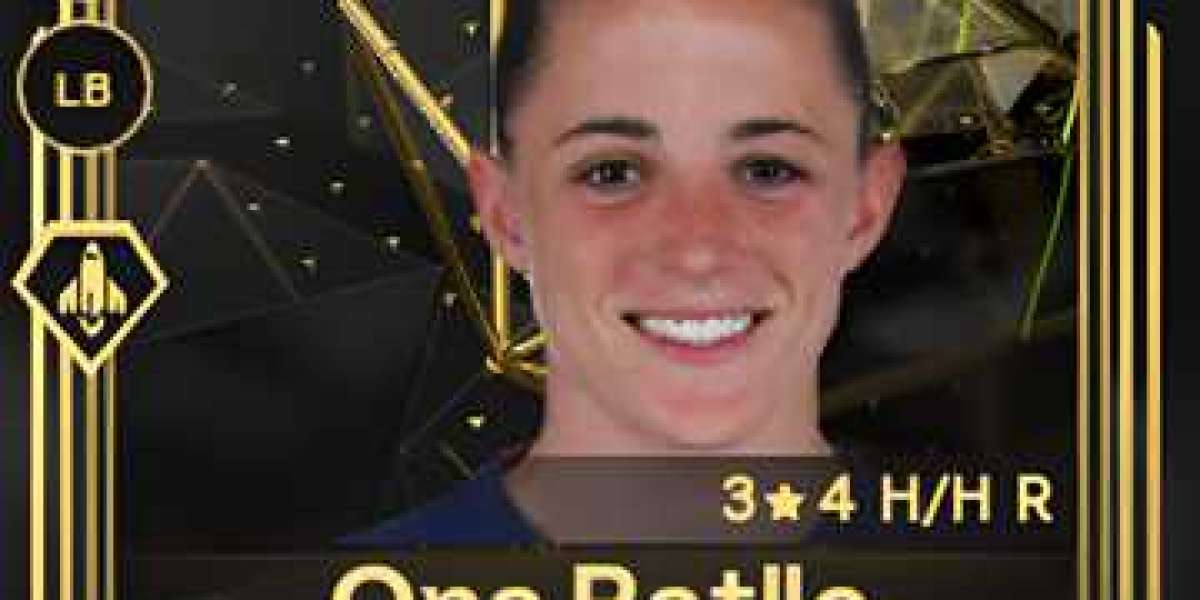As the U.S. population ages, and screen time continues to rise across all demographics, the demand for reading glasses is experiencing significant growth. The U.S. reading glasses market is projected to expand at a Compound Annual Growth Rate (CAGR) of 5.40% from 2024 to 2032. This expansion is fueled by a convergence of factors, including lifestyle changes, technological innovations, and consumer preferences shifting towards fashion-forward and functional eyewear.
In this comprehensive blog, we will explore the driving forces behind this growth, the key market players, and emerging trends shaping the future of reading glasses in the United States.
The Key Drivers of Growth in the U.S. Reading Glasses Market
Aging Population and the Prevalence of Presbyopia
One of the most important factors behind the surge in demand for reading glasses is the aging U.S. population. Presbyopia, a common age-related condition where the lens of the eye becomes less flexible, typically begins affecting people in their early 40s. By 2030, the U.S. Census Bureau projects that nearly 73 million Americans will be aged 65 or older, a group that will significantly drive the demand for reading glasses.
Beyond age, this group’s active participation in professional, social, and digital spaces means that maintaining clear vision is critical for daily life. As people remain in the workforce longer and live more active lives post-retirement, the need for high-quality reading glasses continues to grow.
Rise in Screen Time and Digital Eye Strain
In the modern digital era, even younger populations are being affected by prolonged screen exposure. Digital eye strain—a condition caused by extended use of screens—leads to discomfort, blurred vision, and the need for corrective eyewear, even if only for short-term use.
The global rise in remote working and digital entertainment has contributed to a significant increase in screen time across all age groups. This trend has created a surge in demand for blue-light filtering reading glasses, designed to protect the eyes from the harmful effects of blue light emitted by screens, in addition to providing reading assistance.
Fashion Meets Function: The Convergence of Style and Utility
Reading glasses are no longer viewed solely as a necessity for correcting vision; they have become a fashion statement. Eyewear brands are tapping into this demand by offering stylish, customizable options that appeal to consumers’ aesthetic preferences. Luxury brands like Gucci have entered the reading glasses market with designer frames, while brands such as Vera Bradley focus on colorful, patterned frames to attract female consumers.
Personalization and uniqueness are also becoming key selling points, as consumers seek glasses that reflect their personal style. This convergence of fashion and function is particularly appealing to younger consumers and working professionals who want eyewear that enhances their look.
2. Trends Shaping the Future of the Reading Glasses Market
2.1 E-Commerce is Revolutionizing Eyewear
With e-commerce dominating retail markets, the eyewear industry has been quick to adopt digital transformation. Brands like Warby Parker and Zenni Optical are disrupting the traditional eyewear market by offering a direct-to-consumer model, making high-quality reading glasses more accessible at affordable prices.
Warby Parker’s virtual try-on technology, which allows users to see how glasses look on their faces using augmented reality (AR), has revolutionized the online shopping experience. This has led to a shift in consumer behavior, with more customers preferring to purchase eyewear online rather than through physical retail outlets. In 2023, nearly 50% of all eyeglasses sold in the U.S. were purchased online, a trend that is expected to continue growing as technology advances.
2.2 Technological Innovations in Reading Glasses
Innovation in materials and lens technology is significantly impacting the reading glasses market. For instance, ThinOptics, a company specializing in ultra-compact reading glasses, has made it possible for users to carry glasses in a case no thicker than a credit card. These portable designs cater to consumers who prioritize convenience and mobility, particularly for on-the-go use.
Another technological breakthrough includes blue-light blocking lenses. With the increase in screen time, these lenses protect the eyes from the harmful effects of blue light, reducing digital eye strain and preventing long-term damage. Brands like ICU Eyewear and Eyebobs are incorporating blue-light filtering technology into their product lines, capitalizing on growing consumer demand.
2.3 Sustainable and Eco-Friendly Eyewear
Sustainability is a key trend across many industries, and eyewear is no exception. Consumers are becoming more conscious of the environmental impact of the products they purchase, leading to a rise in demand for eco-friendly reading glasses. Many eyewear brands are now creating frames using recycled materials, biodegradable plastics, and sustainable packaging.
Companies like Warby Parker and Zenni Optical have also committed to reducing their environmental footprint by incorporating eco-conscious practices throughout their supply chains. This emphasis on sustainability resonates with environmentally conscious consumers, especially younger buyers, and adds a competitive edge to brands that prioritize green initiatives.
3. Key Challenges Facing the Market
3.1 Intense Price Competition
While the U.S. reading glasses market presents many opportunities, it is also highly competitive. Price sensitivity remains a significant challenge, particularly in the lower and mid-tier segments of the market. Online retailers like Shark Eyes and Zenni Optical offer budget-friendly alternatives to prescription reading glasses, which puts pressure on premium brands to differentiate themselves through quality, design, or brand reputation.
3.2 Market Fragmentation
The market is highly fragmented, with numerous players ranging from luxury brands like Gucci to mass-market retailers and e-commerce platforms. This fragmentation means that no single player holds a dominant market share, making it difficult for brands to establish strong brand loyalty. Smaller companies and start-ups often find it challenging to compete against the large-scale operations of established players like Bausch Lomb or Warby Parker.
4. Leading Players in the U.S. Reading Glasses Market
Here’s a more in-depth look at the key players shaping the U.S. reading glasses market:
Guccio Gucci S.p.A.: Known for luxury and high-end fashion, Gucci offers a range of stylish reading glasses that cater to the premium segment of the market. Their eyewear combines Italian craftsmanship with cutting-edge design, appealing to affluent consumers.
Eyebobs: A U.S.-based brand focused on offering unique, quirky, and high-quality reading glasses that allow users to express their individuality. Eyebobs is particularly popular among younger demographics looking for fashionable, yet functional eyewear.
ThinOptics, Inc.: Innovators in portable eyewear, ThinOptics has made a name for itself with ultra-compact, durable reading glasses that fit into tiny, convenient cases. These glasses are ideal for active consumers who need to carry their glasses with them throughout the day.
Bausch Lomb Incorporated: A global leader in eye care products, Bausch Lomb has a significant presence in the reading glasses market with a focus on high-quality, prescription, and non-prescription lenses.
Warby Parker Inc.: One of the most successful disruptors in the eyewear industry, Warby Parker offers a direct-to-consumer model that makes stylish, high-quality eyewear accessible at a fraction of traditional retail prices.
Zenni Optical, Inc.: An online-only retailer that has grown rapidly by offering a wide range of affordable and customizable reading glasses. Zenni Optical leverages a robust online platform to deliver glasses directly to consumers, providing value without compromising on quality.
5. The Future Outlook: A Promising Decade for the U.S. Reading Glasses Market
Looking ahead, the U.S. reading glasses market is poised for continued growth as innovation, e-commerce, and sustainability drive the sector forward. The forecasted CAGR of 5.40% from 2024 to 2032 indicates that the market will experience steady expansion, underpinned by demographic changes and consumer preferences shifting towards more functional and fashionable eyewear.
As brands continue to adapt to the needs of the modern consumer—whether through sustainable practices, advanced lens technology, or digital retail experiences—the market will present a wealth of opportunities for growth and innovation.
FAQs: United States Reading Glasses Market
What is the market size of the U.S. reading glasses market?
The U.S. reading glasses market is expected to grow at a CAGR of 5.40% from 2024 to 2032, driven by an aging population and increased screen time.
Why are blue-light blocking reading glasses becoming popular?
Blue-light blocking reading glasses reduce digital eye strain caused by prolonged screen use. With increased screen time, they protect eyes from the harmful effects of blue light emitted by digital devices.
Which companies are leading in the U.S. reading glasses market?
Major players include Gucci, Warby Parker, Zenni Optical, Bausch Lomb, Eyebobs, and ThinOptics, each offering unique product lines catering to different consumer needs.
What role does e-commerce play in the reading glasses market?
E-commerce is reshaping the way consumers purchase reading glasses. Brands like Warby Parker and Zenni Optical offer a seamless digital experience, allowing consumers to buy glasses online through virtual try-on features.
How are sustainability trends affecting the reading glasses market?
Brands are adopting eco-friendly materials and packaging as consumers become more environmentally conscious. This trend is especially appealing to younger demographics and those concerned with sustainability.



